
The fastest way to start a horticultural food fight is to lock eight plant geeks in a room and ask a simple question: “What’s the best dogwood out there?” Even those who have literally written the book on the subject are given no quarter. Out come the rotten cabbages and tomatoes. To many, of course, “dogwood” means just one thing: Cornus florida. But that view is as narrow as Saul Steinberg’s 1976 tongue-in-cheek New Yorker cover that shows New York City as the center of the world, with everything else summarily disappearing into one-point perspective. Even the common name, flowering dogwood, is inexcusably presumptive. I can just hear the other dogwoods protesting in the corner as the decaying produce flies overhead.
|
View more: |
Dogwoods are a diverse and varied group. Indeed, can you name another genus that includes not only all the shrub and tree forms we know and love but also an herbaceous perennial (C. canadensis, Zones 2–6), an evergreen tree (C. elliptica, Zones 7–9), and both opposite- and alternate-leaved species? They range across the northern hemisphere from Mexico to the Arctic Circle and are present in much of Europe and Asia—even into the northwest tip of Iran. Rather than take all the hate mail myself for leaving out the zillion or so dogwoods that didn’t make the cut, I reached out to a handful of my colleagues to put together a killer list of dogwoods worth growing.
Common species offer exciting options
Let’s just get this one out of the way right off the bat: In the most-beautiful-small-tree-in-bloom contest, it is hard to beat flowering dogwood regardless of which cultivar you pick. The stunning, layered branching clothed in big, billowy white or pink blooms has inspired gardeners, poets, musicians, and aspiring grooms from time immemorial. It’s a gift from heaven where you can grow it, but a cursed beast where you can’t. Famed British gardener Christopher Lloyd once opined on growing flowering dogwood in heat-unit-challenged England, “I prefer to visit it.”
Plenty of flowering dogwoods are great, but ‘Appalachian Joy’ is one of the best
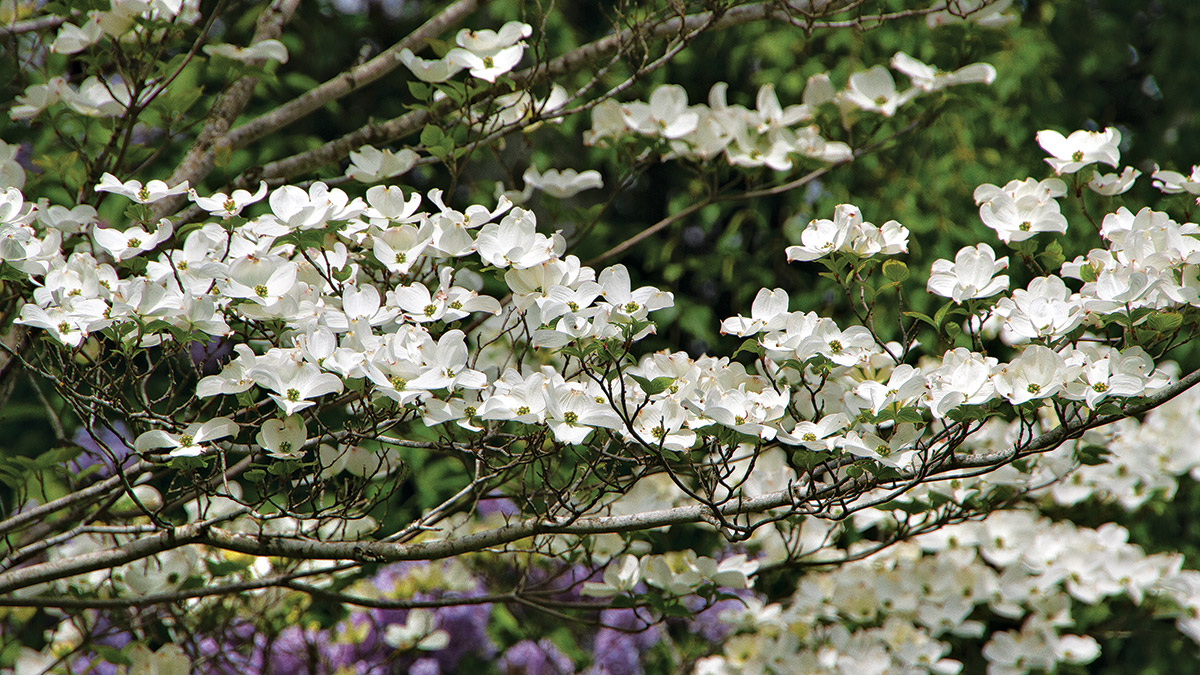
Name: C. florida ‘Appalachian Joy’
Zones: 5–8
Size: 25 feet tall and wide
Conditions: Full sun to partial shade; moist, well-drained soil; struggles with neutral or alkaline soil and excessively dry conditions
Native range: Northern Florida to eastern Texas and north to the southern Great Lakes and southern New England
While there were lots of opinions on this one from my group, I gave the nod to Michael Dirr, Ph.D., author of the essential Manual of Woody Landscape Plants, who recommends ‘Appalachian Joy’ flowering dogwood. “I have planted numerous C. florida seedlings and watched most die,” he says. “Leaf spot, canker, borers, drought, etc., too often win the day. At the University of Georgia, I tested the Appalachian series and added ‘Appalachian Joy’ to our garden—consistently outstanding. Clean foliage, great fall color, no leaf spot/anthracnose, respectable flower, and, for whatever reason, no fruit.” And while I’m not throwing any tomatoes at the good doctor, I have to add that ‘Appalachian Spring’ is the best performer in Kentucky.
Scarlet Fire® kousa dogwood adds consistent color to its big blooms
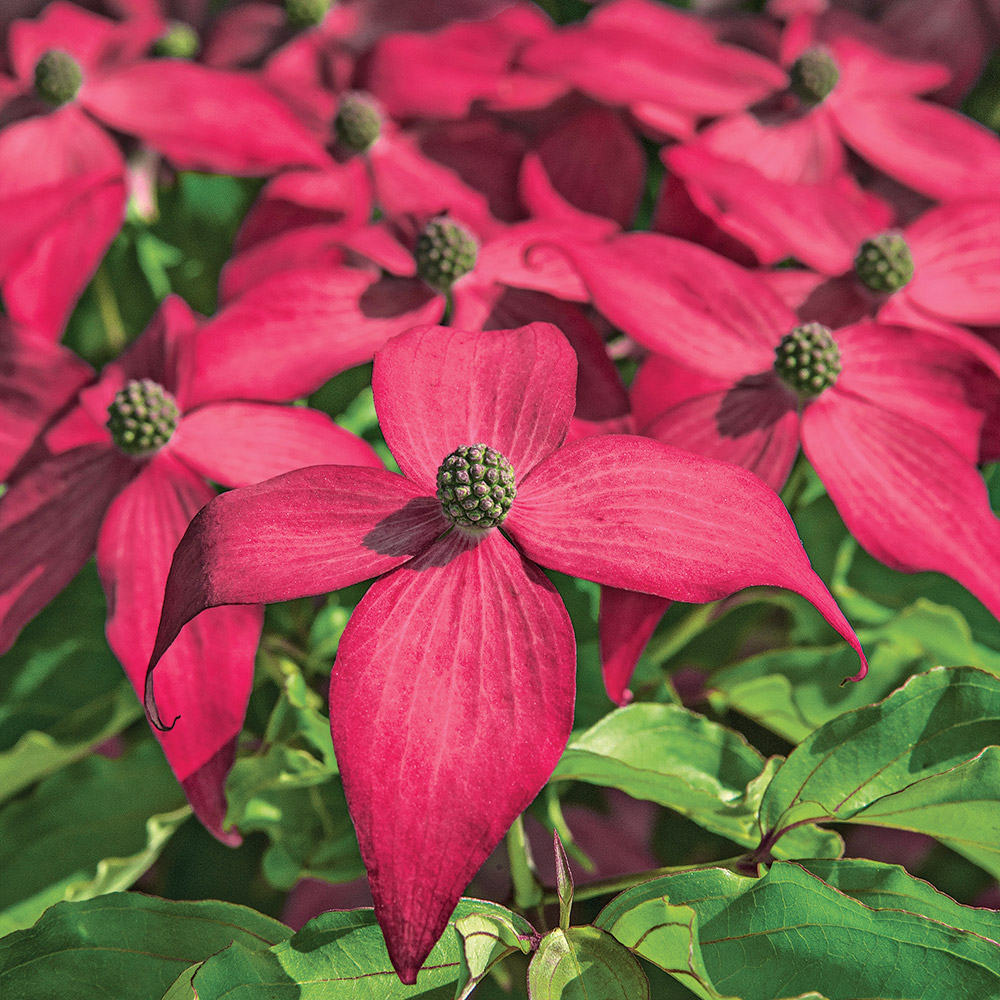
Name: C. kousa ‘Rutpink’
Zones: 5–8
Size: 25 feet tall and wide
Conditions: Full sun to partial shade; moist, well-drained soil; more drought and heat tolerant and pH adaptable than C. florida
Native range: Korea, Japan, and China
Similar in size to flowering dogwood but typically more rounded or vase shaped, kousa dogwood is a later-blooming Asian species that adds attractive, exfoliating bark, slightly better heat and drought tolerance, and fruit that looks like slightly overinflated raspberries (some not too bad tasting, by the way). One of the drawbacks of seedling kousas is that they can have a tendency to be alternate-year flowering, so it is usually best to go with a well-tested cultivar. For Rich Hesselein, the president of Pleasant Run Nursery in Allentown, New Jersey, a newer selection not to be passed up is Scarlet Fire® kousa dogwood. Rich describes this one as “the most consistent and deepest pink–bracted kousa dogwood on the market.” While most pink-red kousa dogwoods are more of a “Gee, I wish I could be pink,” Scarlet Fire® is the real deal. Deep, rich, pink-red blooms appear just after the leaves and retain their color when all others quickly fade to white.
If you thought pagoda dogwoods couldn’t get any prettier, check out Gold Bullion™
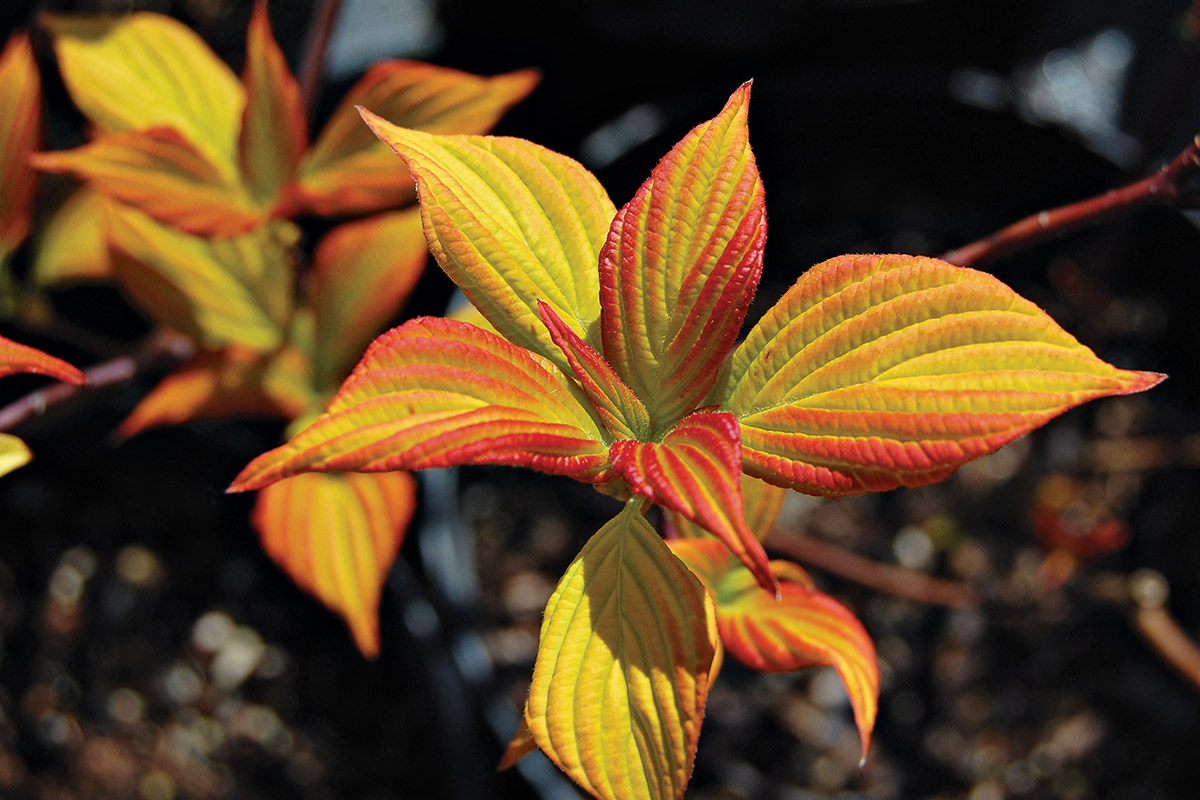
Name: C. alternifolia ‘Bachone’
Zones: 3–7
Size: 15 to 25 feet tall and wide
Conditions: Full sun to partial shade; moist, well-drained, acidic soil (but is moderately pH adaptable)
Native range: Georgia to Newfoundland and across to the Mississippi River basin
I was delighted to get a recommendation from North Country tree guru Kris Bachtell, the vice president of collections and facilities at the Morton Arboretum in Lisle, Illinois, whose pick is pagoda dogwood. It is an “excellent understory tree that does just as well out in the open (in northern climates, anyway) with beautiful branching, glossy, deep burgundy stems, white summer blooms, and deep red fall color.” What Kris is too modest to add is that he is responsible for introducing Gold Bullion™ pagoda dogwood, whose chartreuse-gold foliage is hard to beat. I’ve grown it in my garden in a cobalt blue ceramic container for several years for a stunning effect. One caveat: afternoon shade is critical in the southern part of this tree’s growing range.
‘Hedgerows Gold’ red osier dogwood has four-season interest
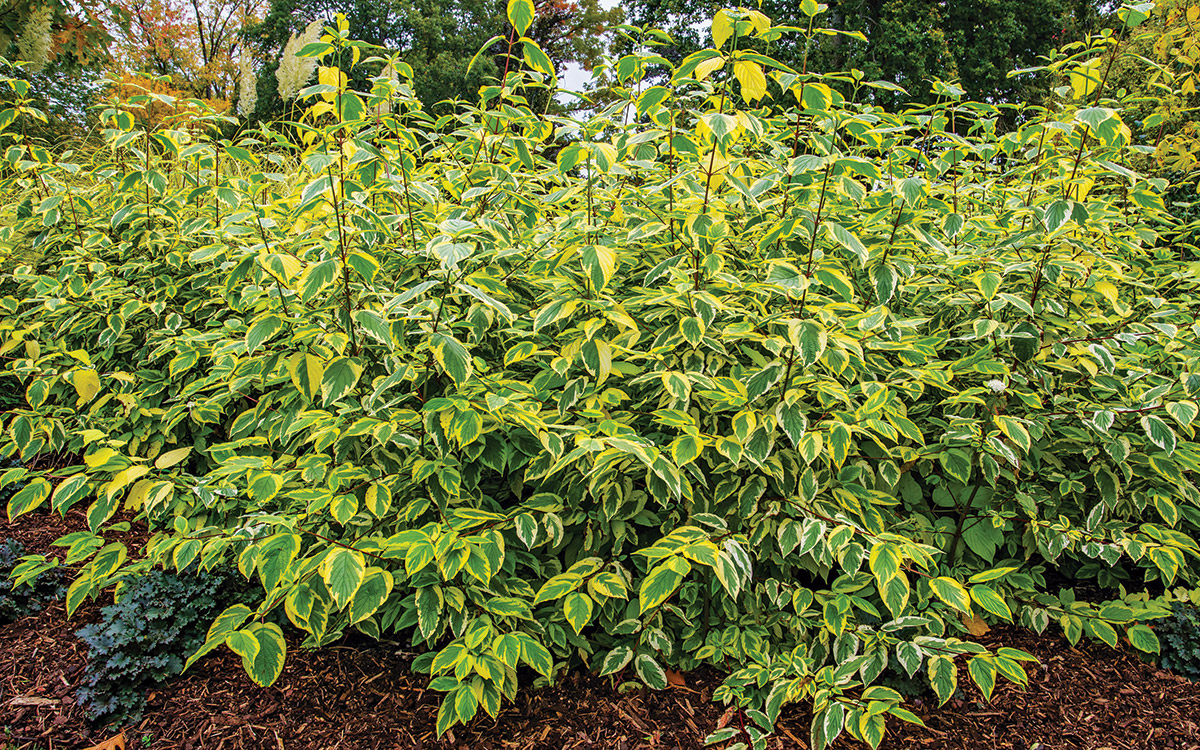
Name: C. sericea ‘Hedgerows Gold’
Zones: 3–8
Size: 5 to 8 feet tall and wide
Conditions: Full sun to partial shade; average soil, but avoid poorly drained soil that can lead to stem canker problems
Native range: Northern North America
For those looking for a shrub, Richie Steffen, the executive director of the Elisabeth C. Miller Botanical Garden in Seattle, gives us his recommendation: ‘Hedgerows Gold’ red osier dogwood. “It’s a standard in our area and a local selection made in Oregon. A large robust grower with beautiful gold-and-green foliage and bright red stems in winter.” I have to say that I’ve grown this in my humid Kentucky garden, and it was covered with powdery mildew. But a few years ago on a trip to Seattle, I sat in a friend’s garden drooling with envy at the sight of a stunning specimen with brightly variegated leaves that were clean as a whistle.
Opting for rarer species yields interesting results
‘Compressa’ bloodtwig dogwood has the coolest foliage in the genus
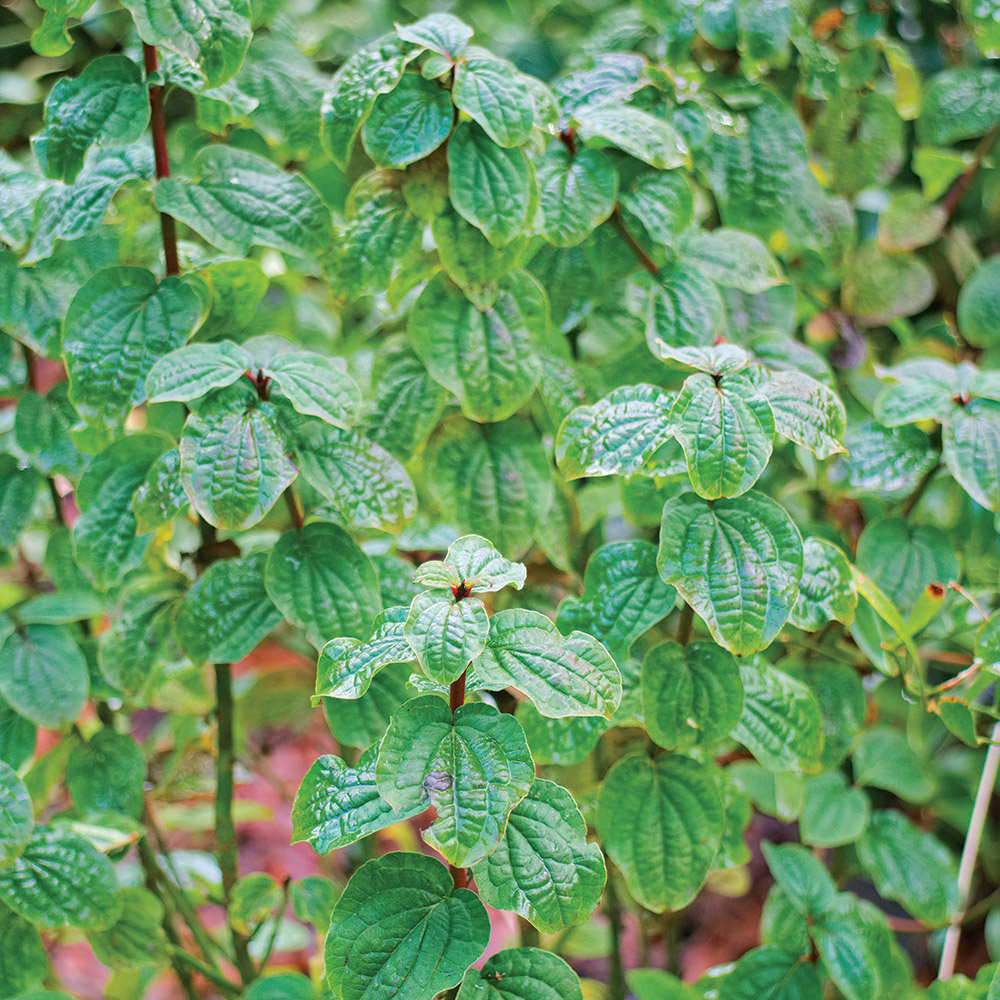
Name: C. sanguinea ‘Compressa’
Zones: 2–7
Size: 5 to 6 feet tall and 2 to 3 feet wide
Conditions: Full sun to partial shade; widely adaptable to a broad range of soil types; fairly drought tolerant and pH adaptable
Native range: Northern Europe and western Asia
In the “now for something completely different” category, Andy Brand, curator of living collections at the Coastal Maine Botanical Gardens in Boothbay, Maine, put his northern New England hat on and suggested ‘Compressa’ bloodtwig dogwood: “I am always looking for plants that add interest to the garden for as many months as possible. While many dogwoods are grown for their floral display, this shrub is amazing through spring and summer, bearing leaves with an extraordinary puckered appearance and that feel almost like plastic. As temperatures cool off in fall, the leaves turn beautiful shades of burgundy. Once the leaves drop, reddish stems add winter interest. This funky foliage plant will be a unique vertical accent in the garden.” It is hard to improve on that, except to note that ‘Compressa’ also has impressive cold hardiness.
‘Cayenne’ silky dogwood is the toughest of the pack
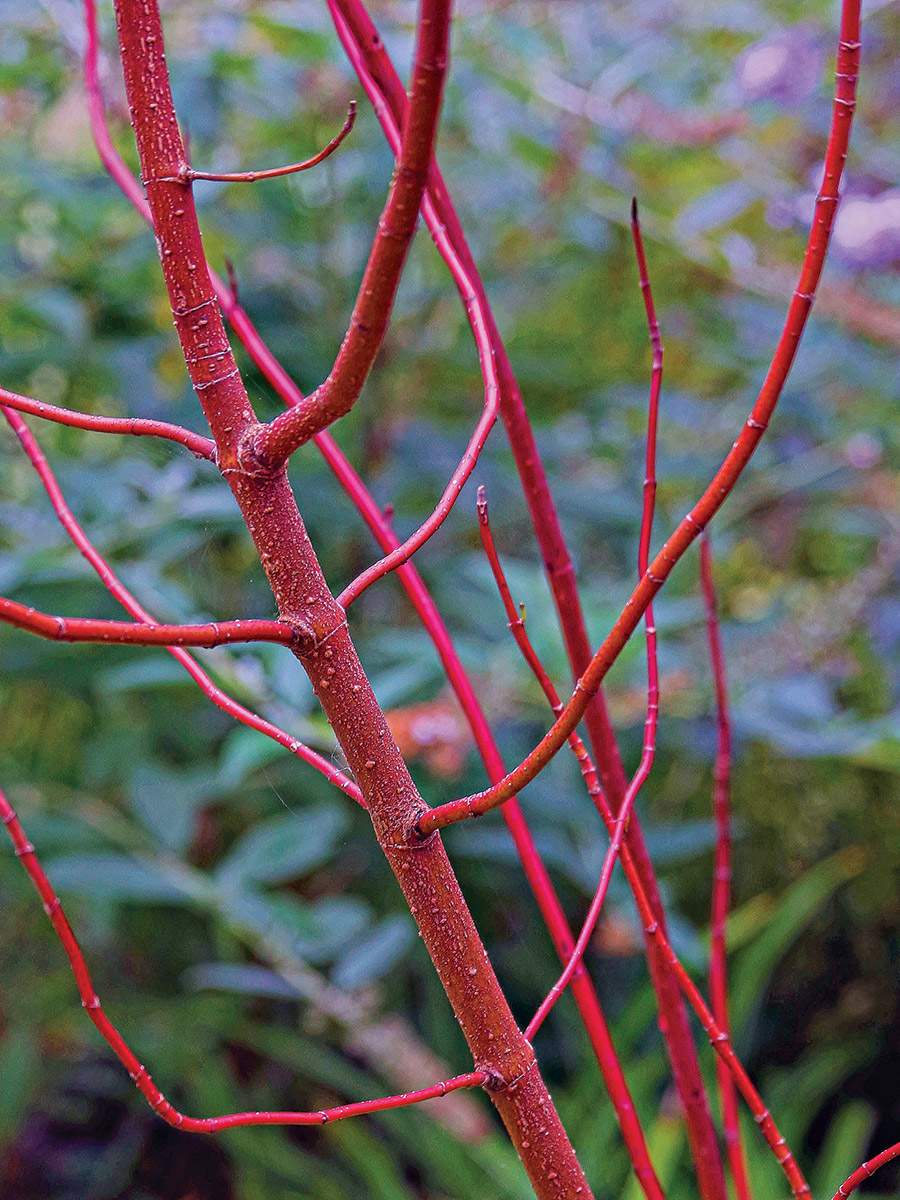
Name: C. amomum ‘Cayenne’
Zones: 4–8
Size: 6 to 8 feet tall and 10 to 12 feet wide
Conditions: Full sun; adaptable to a broad range of soils; fairly drought tolerant and pH adaptable
Native range: Eastern North America
Asking someone to recommend the best dogwood for Oklahoma might seem a mean joke. The state’s soil pH is high, and its climate is so challenging—with both summer heat and winter cold—that it can be quite difficult to cultivate a quality specimen. But Todd Lasseigne, former executive director of the Tulsa Botanical Garden, has never shied away from a formidable assignment. He recommends ‘Cayenne’ silky dogwood: “It has twigs that aren’t as bright as I would like them to be in winter—Tulsa might be too far south—but the plants perform admirably in a tough site: southwestern full-sun exposure, the bottom of a hill where water pools, silty-muck-deposited soil, and otherwise nasty conditions. The foliage is a bright, healthy green, and otherwise the plants are doing their job mostly as advertised.” Sometimes you just need a really tough plant.
‘Kintoki’ Japanese cornel dogwood is the best for yellow blooms
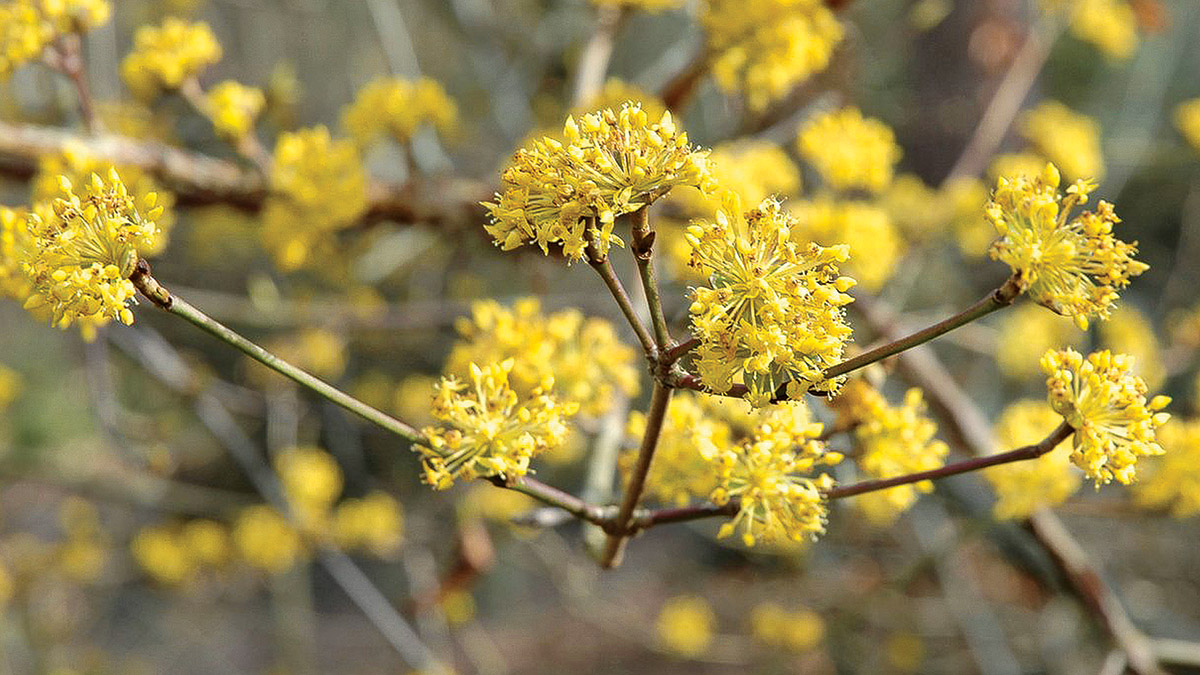
Name: C. officinalis ‘Kintoki’
Zones: 3–7
Size: 15 to 25 feet tall and wide
Conditions: Full sun; adaptable to a wide range of soil types; reasonably drought tolerant once established
Native range: Japan, China, and Korea
I can’t decide if I was surprised or not that there was one recommendation that couldn’t be attributed to any one expert because it was on several lists including my own: ‘Kintoki’ Japanese cornel dogwood. Similar to the better-known cornelian cherry (C. mas, Zones 4–8), ‘Kintoki’ is a large shrub or small tree best known for early spring masses of brilliant yellow blooms followed by stunning red, cherry-like fruit. Michael Dirr described it as performing better than cornelian cherry in the heat of Georgia. Rich Hesselein added it to his list as far superior to cornelian cherry. In my own experience at Yew Dell Botanical Gardens in Kentucky, there’s no comparison, with ‘Kintoki’ offering glossier summer foliage, showier exfoliating bark, and more consistent growth.
Paul E. Cappiello, Ph.D., is the executive director of Yew Dell Botanical Gardens in Crestwood, Kentucky, and a co-author of Dogwoods: The Genus Cornus.
Sources
- Broken Arrow Nursery, Hamden, CT; 203-288-1026; brokenarrownursery.com
- Gossler Farms Nursery, Springfield, OR; 541-746-3922; gosslerfarms.com
- Monrovia, Azusa, CA; 888-752-6848; shop.monrovia.com
Fine Gardening Recommended Products

A.M. Leonard Deluxe Soil Knife & Leather Sheath Combo
Fine Gardening receives a commission for items purchased through links on this site, including Amazon Associates and other affiliate advertising programs.

Corona® Multi-Purpose Metal Mini Garden Shovel
Fine Gardening receives a commission for items purchased through links on this site, including Amazon Associates and other affiliate advertising programs.

DeWalt Variable-Speed Cordless Reciprocating Saw with 6-Piece Saw Blade Set
Fine Gardening receives a commission for items purchased through links on this site, including Amazon Associates and other affiliate advertising programs.
- 18.31 x 6.13 x 4 inches
- 1-1/8-inch stroke length
- Variable speed trigger with 0-3000 spm
- DW4856 Metal/Woodcutting Reciprocating Saw Blade Set, 6-Piece



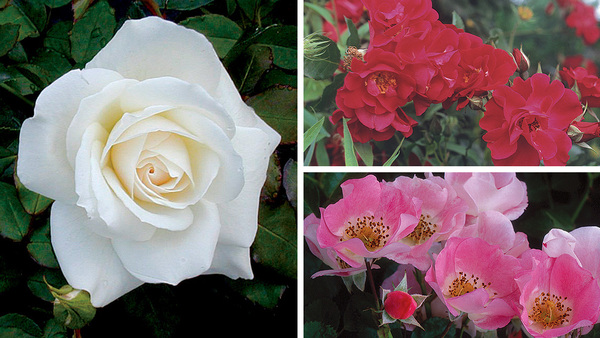
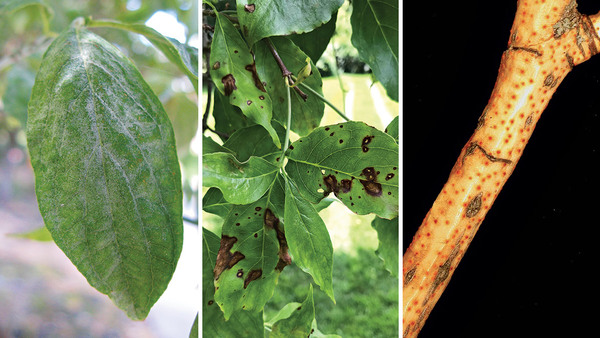














Comments
Log in or create an account to post a comment.
Sign up Log in